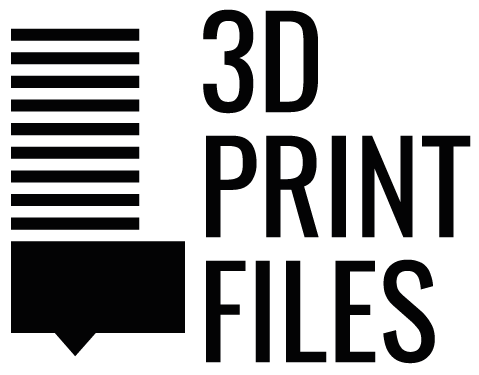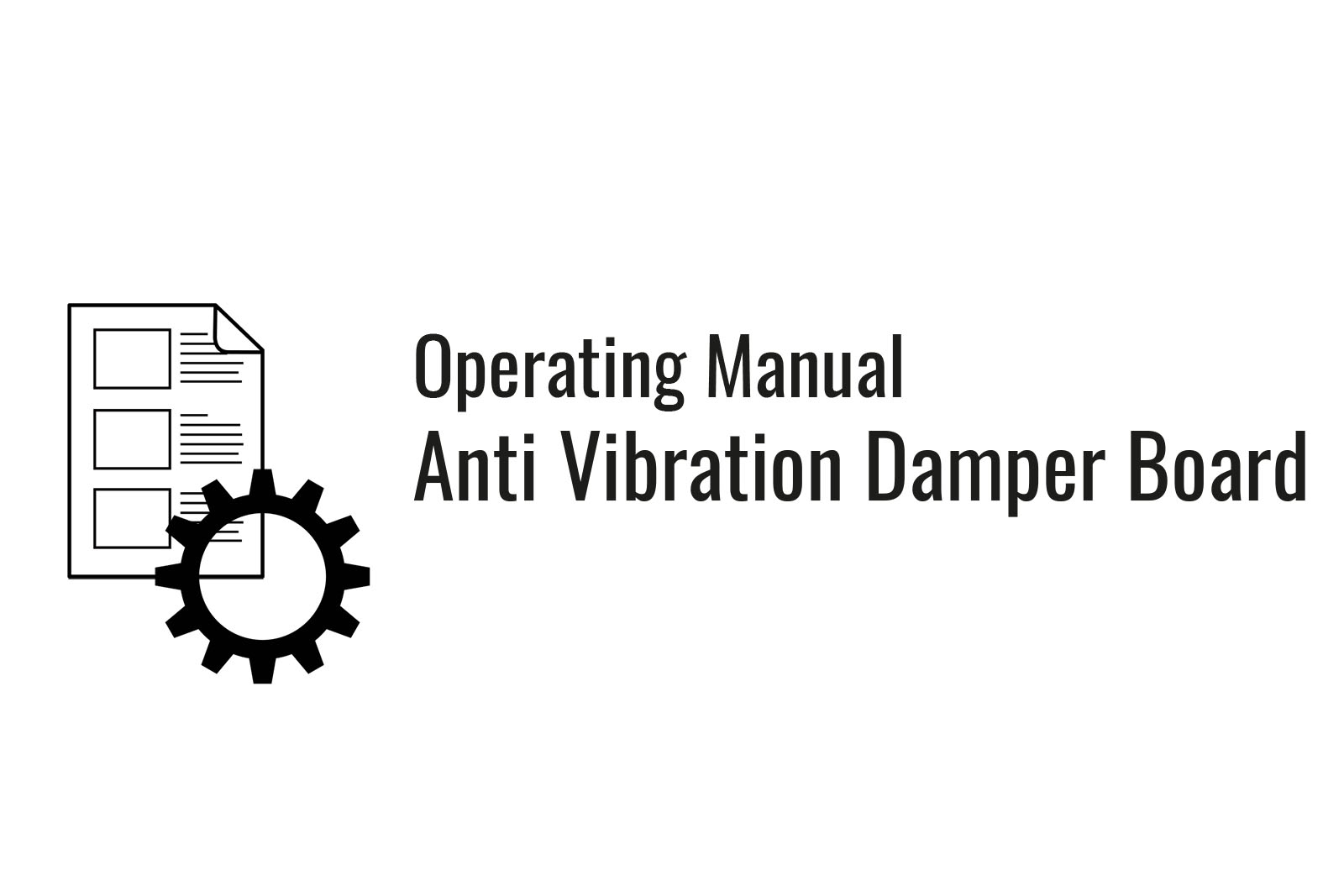The DIY 3D printer damper board is a customizable dampening pad for different types of open FDM / FFF 3D printers. The project is only intended to decouple FDM / FFF 3D printers for home use or desktop 3D printers from the desk or shelf beneath and must not be misused. In particular, it is not suitable for use with heavy professional industrial 3D printers.
Safety Guidelines
Safety first! Read and follow the assembly instructions and the operating manual!
Read the entire assembly instructions and operating manual carefully and adhere to the instructions and safety guidelines. If anything is unclear, simply contact support (support@3d-druck-vorlagen.de). In the 3D print files for this project, the instructions and operation manual are also attached as PDF, keep it because you may need it later. A one-page quick guide is also included in the files with a link to this page – you will always find the latest version of the instructions and the operating manual here. If you are giving the project to someone else, then print out the instructions, operation manual and, above all, the safety instructions and pass them on with the project.
Before you start the project, also check whether the project meets the safety regulations of your respective country.
Legend: Warnings and Symbols




Safety instructions for this 3D printing project

Do not leave the 3D printer unattended while printing! If the 3D printer slips on the damper board or swings heavily, switch off the 3D printer immediately and check the setup!
Always pay attention if the 3D printer slips or shifts on the damper board during printing. If this is the case, fix the 3D printer on the damper board, for example with double-sided adhesive tape.
Always place the damper board horizontally and in a stable, secure location. Ensure that it does not slip or shift on the location where it is positioned during the printing process.
Attention for all self-printed parts: Due to incorrectly set printing parameters, poor material, incorrect material selection, poor layer adhesion and other reasons, these can sometimes not meet the requirements needed on them and thus break, fail or their functionality cannot be guaranteed. In the event of a break, the parts can splinter and the fracture surface leave sharp edges. Take particular care when replacing these parts, there is a risk of cuts! Check 3D printed parts for cracks, stability and functionality at regular intervals and before using the project. If a part is damaged or unsuitable, do not continue to use the project until the broken part has been replaced with a new, improved part.
Also read, follow and keep the operating manuals and safety instructions for the purchased parts!
Attention for all purchased parts: Before assembling, check whether they meet the safety regulations in your country and whether the dimensions, function and stability are fine. Repeat this safety check at regular intervals and before using the project. If a part is damaged or unsuitable, do not continue to use the project until the affected part has been replaced.
Checking the vibration isolation
If the vibrations are not isolated well to the ground, then the damper feet are too stiff. Reduce infill and/or perimeters to achieve softer damper feet. If necessary, print higher damper feet or use an even more flexible filament.
Checking the vibration amplitude reduction
If the 3D printer swings too heavily during the printing process, stop the print and make the following modifications to the damper board: If possible, increase the additional weight or make the damper feet stiffer. Print them again with more infill and/or more perimeters. If necessary, print shorter damper feet or use a less flexible filament.
Disclaimer
The instructions and the associated files are an inspiration of Ingenieurbüro Dr. Janko GmbH to build this project yourself. Since Ingenieurbüro Dr. Janko GmbH has no way of checking and influencing the required quality of the printed components and purchased parts as well as the quality of the assembly and the correct functioning of the project or if any inadmissible changes and modifications to the project has been made, Ingenieurbüro Dr. Janko GmbH accepts no liability for functionality, stability or the damage incurred by the project.



0 Comments